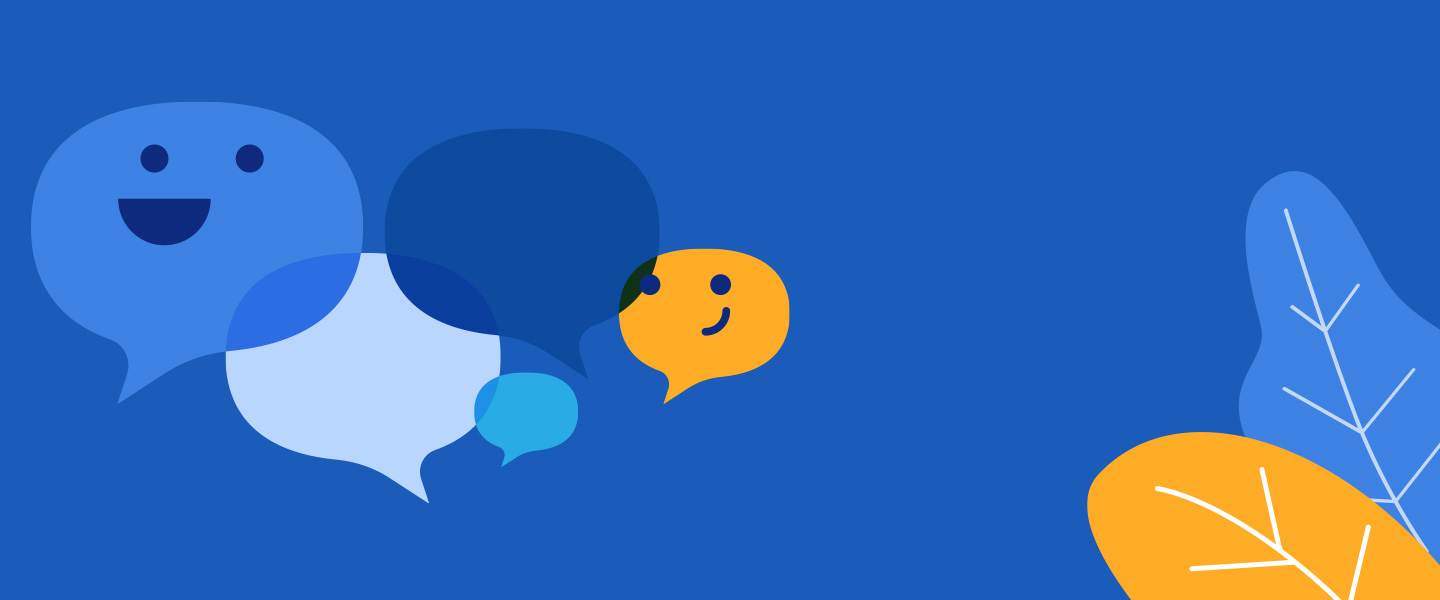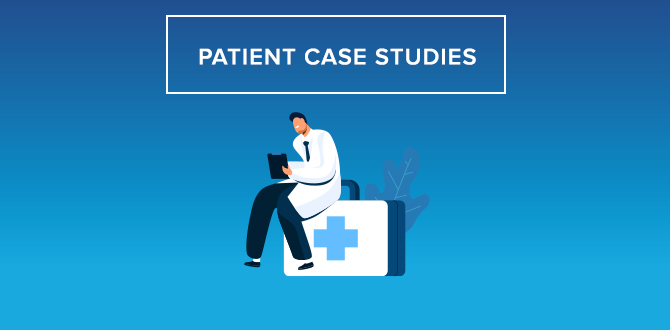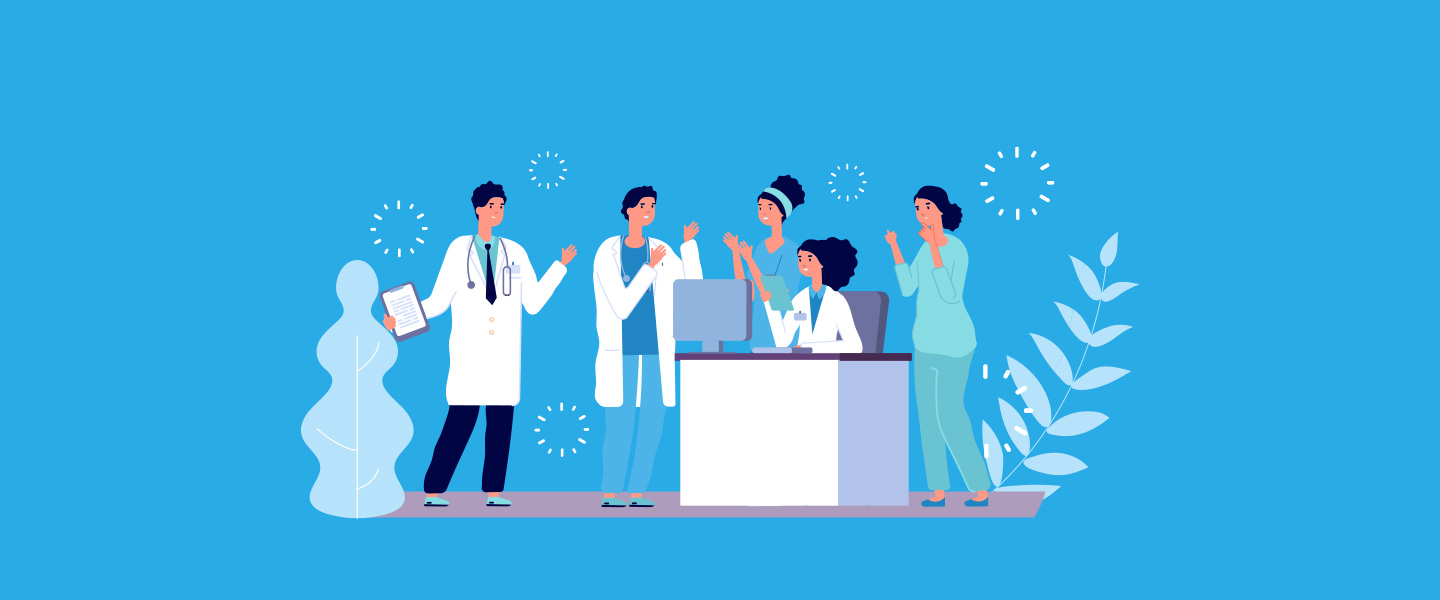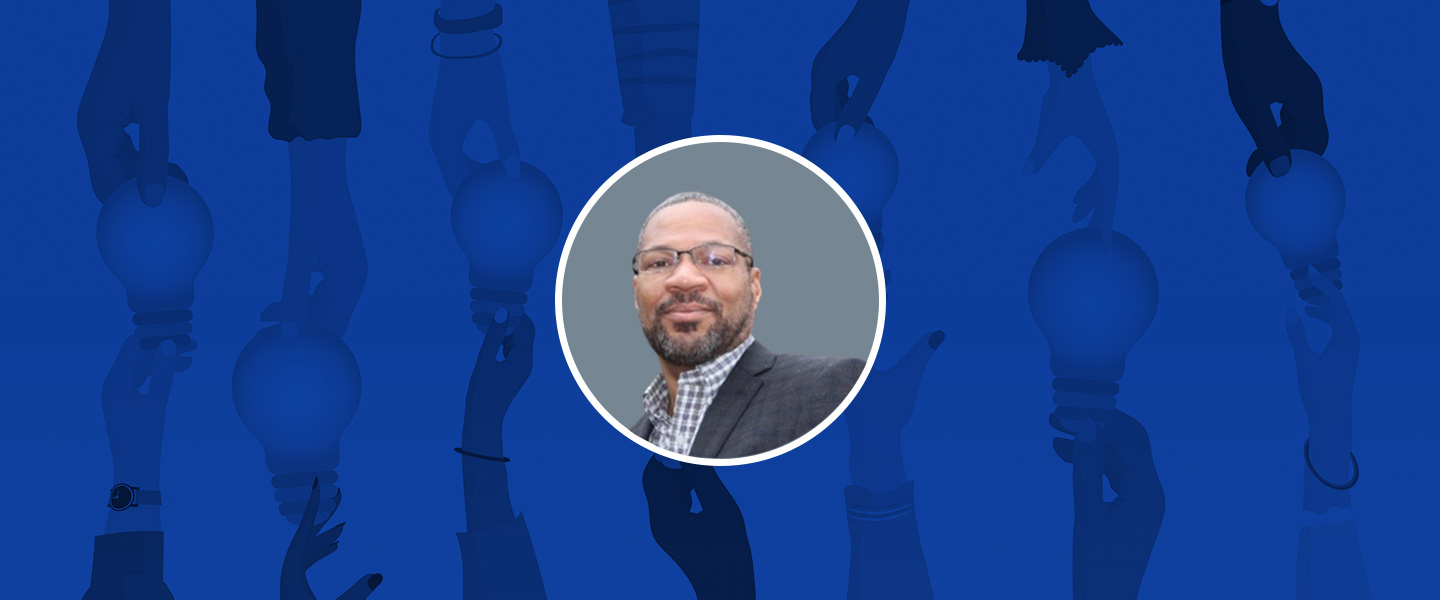A Chat with NantHealth Team Members
To celebrate National Health Information Professionals Week, we sat down with some of NantHealth’s dedicated professionals to learn about their backgrounds, insights, and observations into the ever-changing world of health information. The staff members participating in the conversation were:
- Archana Kolli – Lead Quality Assurance Engineer
- Katie Choi, BSN – Senior Manager, Clinical Knowledge Management
- Stephen McVarnock – Lead Product Manager
How did you get started in healthcare?
ARCHANA: I always had an interest in scientific solutions that improve our overall health. After college, I worked as a research assistant to gather data about metals that could be used to prevent clogs in our heart valves. When I first moved to the United States, I worked in various fields as a contractor, but I liked my work in the healthcare industry, so I chose NantHealth (formerly NaviNet) for a full-time opportunity.
KATIE: I started in healthcare in 1991, working as a nurse on a medical-surgery unit in Michigan. I transferred six months later to an Oncology unit in a hospital and, in 1993, went to work full-time for an oncologist in the office setting. Over the years, I have stayed in oncology in the office setting with a stint in home infusion care in Detroit and then moved to Arizona. I worked as an oncology clinical trials nurse for about eight months, and a recruiter gave me an opportunity to work for a start-up as a case manager, managing oncology patients through their chemotherapy regimens to manage side effects and helping them with resources if they needed them. This intrigued me, and I made the move to ITA Partners in March of 2008. ITA Partners would then become Eviti, and Eviti was acquired by NantHealth. With the move to Eviti, the company started to move into the healthcare information realm.
STEVE: I started my career in telecommunications and spent most of my early career there, with a period spent in the finance domain. I was looking around for something new and interesting. A role as a Product Manager came up with a company called NaviNet (acquired by NantHealth) which was kind enough to allow me to move into the healthcare arena. That was ten years ago this December.
What are your responsibilities at NantHealth?
ARCHANA: I work in the Engineering Operations team at NantHealth. We are responsible for deploying new applications as well as enhancements to existing applications into the production environment. We are handed over deployment builds and instructions from several development teams, and we plan for regular releases. We deploy various applications like Windows, CentOS, Kubernetes, and Azure. We have created a set of standards and processes to follow to effectively communicate and coordinate deployments with other operation teams across NantHealth. This way, we contribute to keeping the production environment clean and healthy.
KATIE: At NantHealth, I manage a team of seven oncology nurses and one policy project coordinator. We are part of the NantHealth content team that deals with the medical policies of payers with whom we are contracted. NantHealth does treatment reviews for multiple payers. We also contract with some payers to look at their policies for specific drugs and configure our library for that payer. Over the years, IT has developed many rules that we can place on regimens per the payer’s policy to allow the user of our system to see the regimens and how they look with a specific drug policy.
STEVE: I am a Product Manager on the NaviNet portal – mainly working at the platform layer (think user and office access management.) For example, I helped build our new sign-in page and “forgot username/password” workflows a few years ago. I engage with internal stakeholders, addressing platform improvements while keeping an eye on the big picture.
What are some of the biggest challenges you see currently in health information, and how do they impact what you do?
ARCHANA: Some production deployments need responses from providers to validate the connectivity. In these cases, we need real-life health information from the provider. It is challenging to work with sensitive information and ensure it is securely sent, received, and saved. We have developed solutions and processes to handle that sensitive information safely. Security compliance courses prepare us well for these circumstances.
KATIE: The most significant challenge over the years has been working with IT to perfect how we show our Eviti library regimens to users to make it easier on them. Oncology is an exceedingly difficult specialty, and to put it into a system so that users can go in and choose a regimen is no easy feat. I think I have been here long enough to see 4-5 iterations of the library. We’re continually improving to make the system seamless for billers or office personnel that do not have an oncology background.
STEVE: I always compare healthcare back to my days in telecommunications. Telecommunications, just like healthcare, was once highly fractured, with everyone building walled gardens of technology – tech that wouldn’t play nice with others. Telecommunications is now highly standardized, and the players there have to build to those agreed standards if their technology is to communicate with each other for the user’s benefit. The healthcare industry has certain areas that have been standardized to an extent (EDI transactions), but the siloed nature of both healthcare technology and provider organizations continues to be a blocker to patient care.
Where do you think health information is headed in the next few years?
ARCHANA: When I first started in health care, there was not much awareness of health information. Thanks to the robust learning videos and materials around security and handling of sensitive health information, a lot more information is available to all individuals in the healthcare industry. I see many technological advances in ensuring data safety using encryption for data at rest or in transit, especially in the age of social media and when our devices are so connected to each other. Almost all organizations have a security department that helps reinforce the message of security and compliance and helps mitigate risks.
KATIE: I think a good focus is to continuously improve the link between payer, providers, and patient, which goes a long way in the continuity of care. As a consumer and a patient in a specialty doctor’s office, I have gone through the frustration of not having medical records available for the physician I have been referred to and have become increasingly irritated when visiting a specialist who has not taken the time or has not read my history. I would love to bridge that gap.
STEVE: It’s hard to look past the buzz created by the advances in Machine Learning and AI. I would imagine that in a few years, more and more research will be ongoing into how this technology can help in the realms of things like diagnosis and personalized care.








